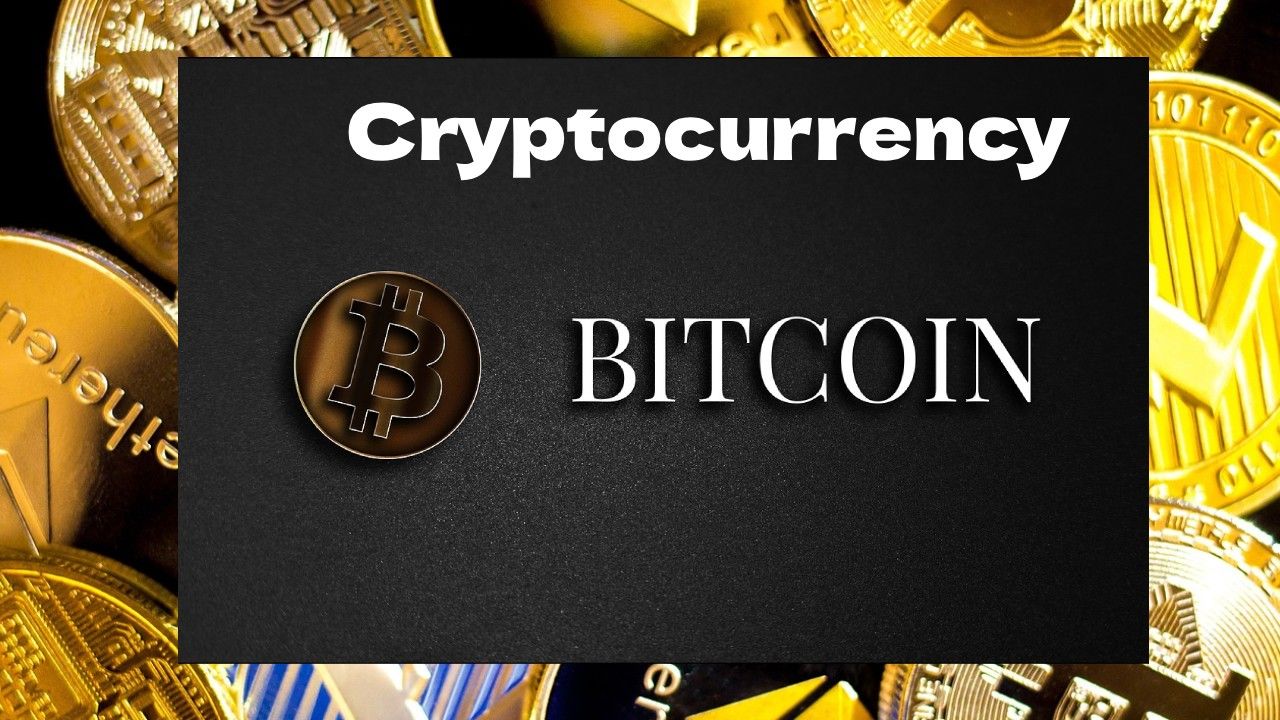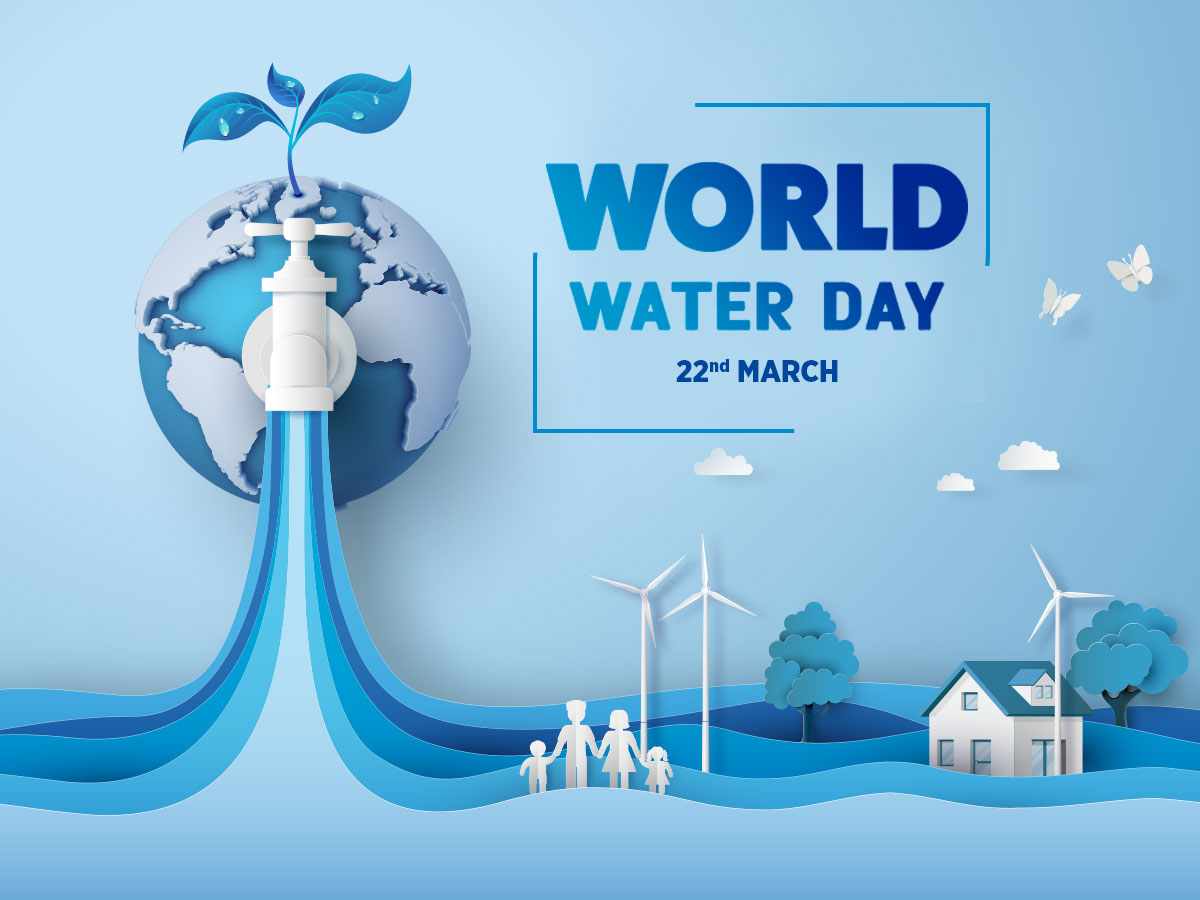The foundation of the Trinity, offers data storage solutions for auxiliary “layer-2 networks” built on top of base blockchains like Ethereum. These layer-2 networks, also known as rollups, aim to handle transactions faster and cheaper than the base chain itself. Avail DA is expected to launch in early Q2 2024.
Data availability solutions like Avail DA are a hot topic in the crypto world as they pave the way for a more “modular” blockchain design. This modular approach separates core functions like transaction execution and data processing, allowing for greater scalability and efficiency. Similar projects like Celestia and EigenDA have gained traction in recent months, highlighting the growing interest in this space.
Avail Nexus, the second element of the Trinity, takes the concept a step further. It functions as an infrastructure layer within the Avail ecosystem. Utilizing zero-knowledge proofs to enable communication and data exchange between different rollups. This “verification hub” aims to unify a diverse range of rollups, both within and outside the Avail ecosystem, by leveraging Avail DA as a trusted source of data.
Finally, Avail’s Fusion Security seeks to integrate established cryptocurrencies like Bitcoin and Ethereum into the Avail ecosystem, allowing them to contribute to its overall security. This ambitious project is slated for completion in 2025, while Nexus is expected to launch sometime in 2024.
The fragmented nature of the rollup space on Ethereum, with various teams vying for the same user base. It is a key challenge that Avail aims to address. Avail co-founder Anurag Arjun believes in the importance of collaboration between rollup teams to create a more unified user experience. “We essentially want to be that unifying factor,” Arjun states, emphasizing Avail’s innovative technology designed to facilitate such cooperation.
Avail’s successful fundraising and ambitious roadmap position it as a significant player in shaping the future of blockchain architecture. Its focus on modularity, collaboration, and fostering a more unified user experience holds immense potential for the continued evolution of the blockchain landscape.






